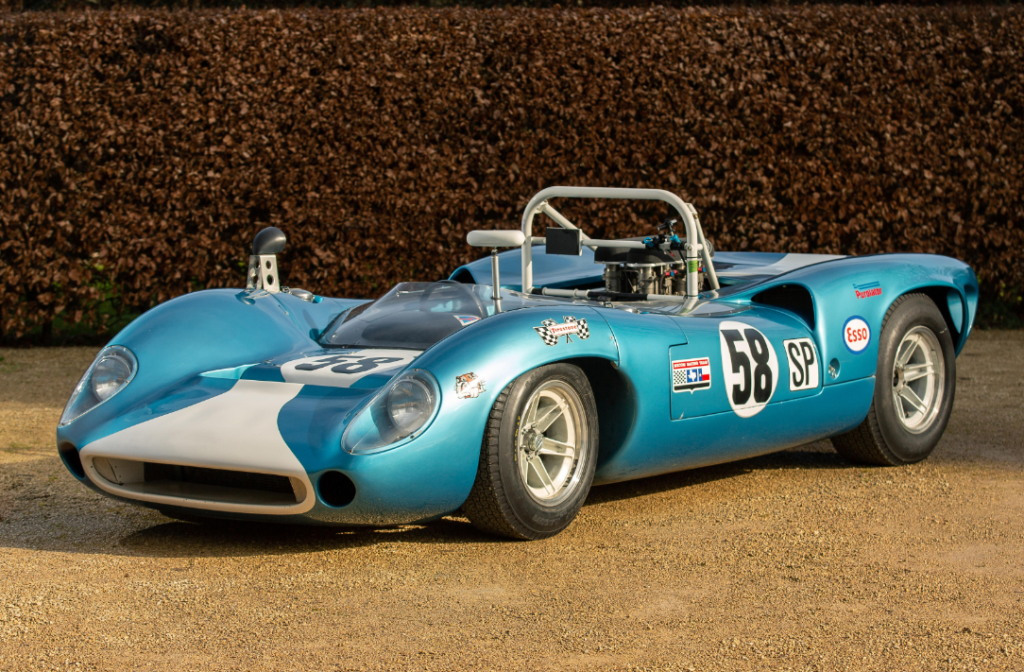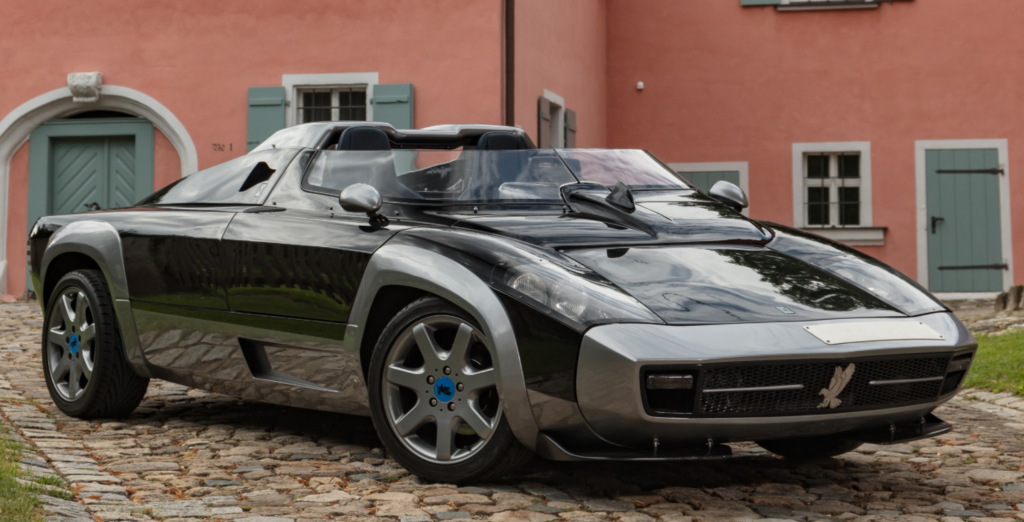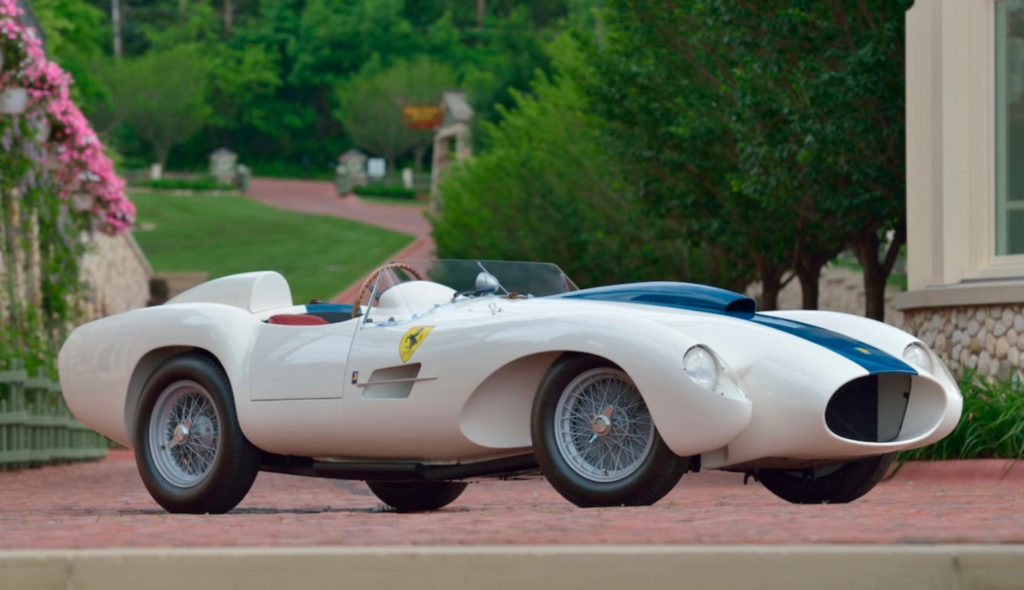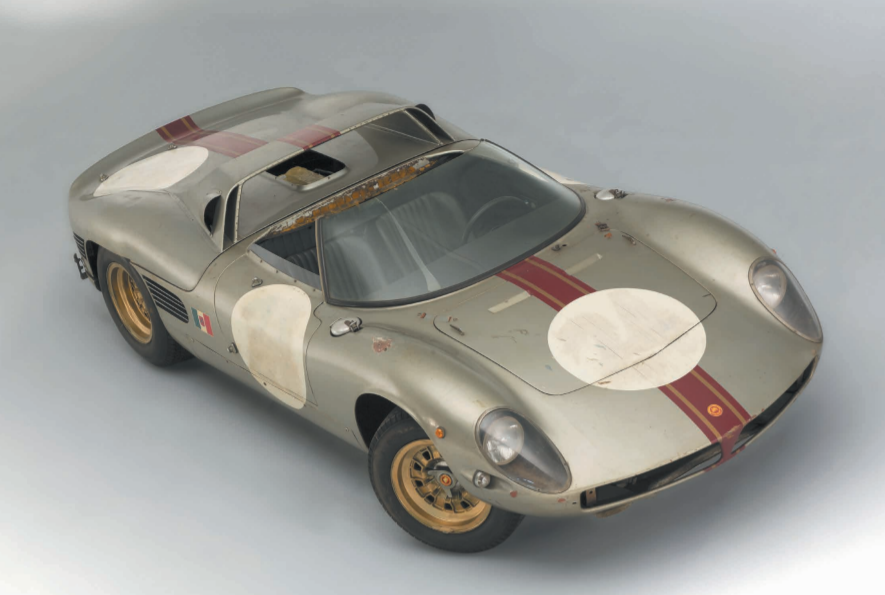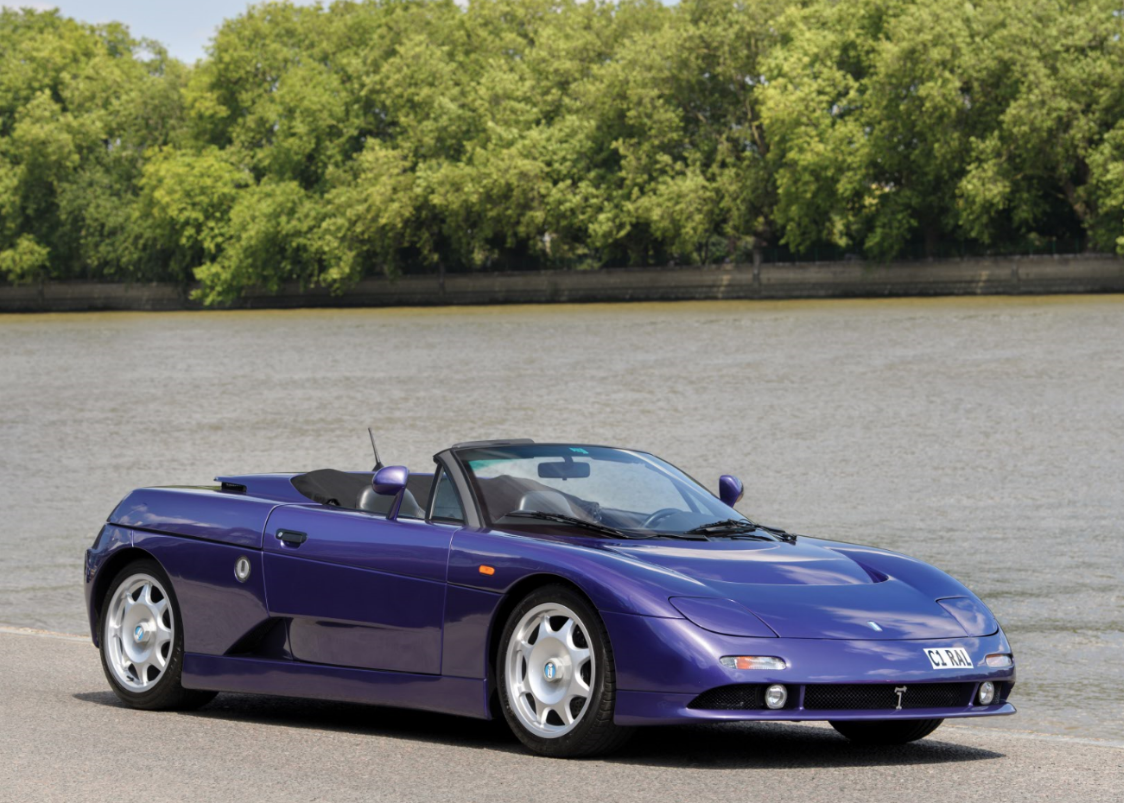2005 Spyker C8 Spyder GT2-R
Offered by RM Sotheby’s | Le Mans, France | June 9, 2023
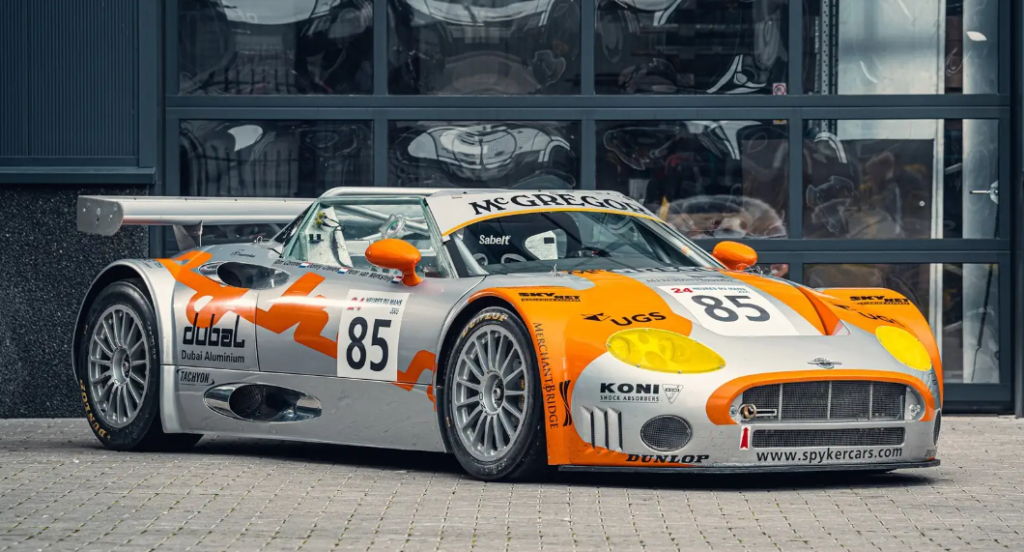
Ferrari might have “Scuderia Ferrari” but aircraft-themed company Spyker had the best factory racing team name of them all: Spyker Squadron. Spyker competed at the 24 Hours of Le Mans from 2002 through 2010, only missing the 2004 race. They entered their C8 sports car in the GT2 class.
What’s even cooler is that their second GT2 car was actually based on their Spyder road car. Meaning it was essentially an open-cockpit race car. Because why not. Power is provided by a 3.8-liter version of Audi’s V8, with output somewhere around 450 horsepower. The competition history for this chassis, 3046, includes:
- 2005 12 Hours of Sebring – 31st, DNF (with Tom Coronel, Donny Crevels, and Marc Goossens)
- 2005 24 Hours of Le Mans – 40th, DNF (with Coronel, Crevels, and Peter van Merksteijn)
- 2006 12 Hours of Sebring – 18th (with Jeroen Bleekmolen and Mike Hezemans)
- 2006 1000km of Spa – 38th, DNF (with Crevels and Jonny Kane)
- 2006 1000km of Nurburgring – 20th-ish, DNF (with either Coronel or Crevels and Kane)
Spykers are weird. And that’s part of what makes them cool. They are also art. And the fact that the company decided to actually take that art racing? Awesome. Read more about this car here.
Update: Sold $307,101.


